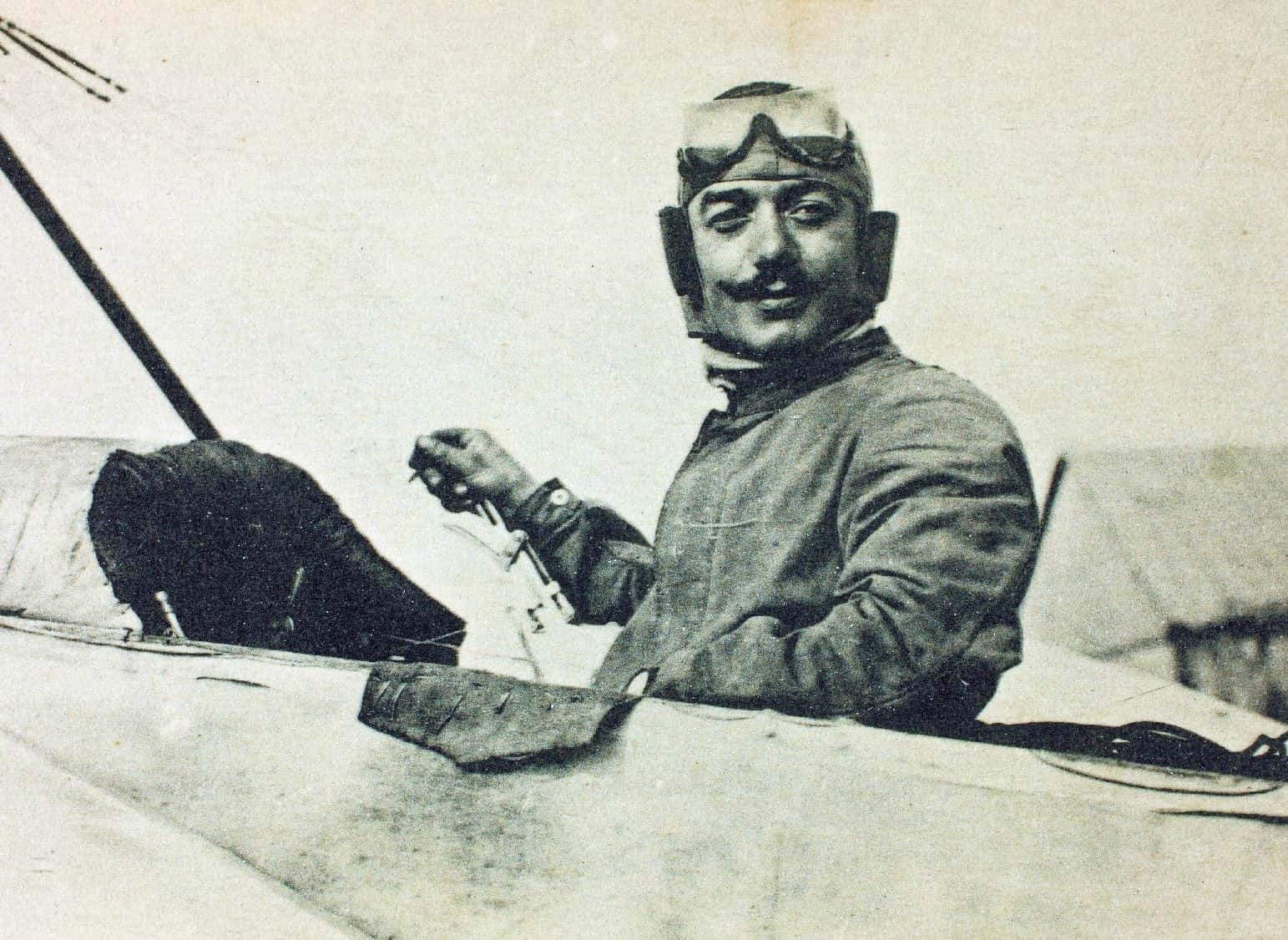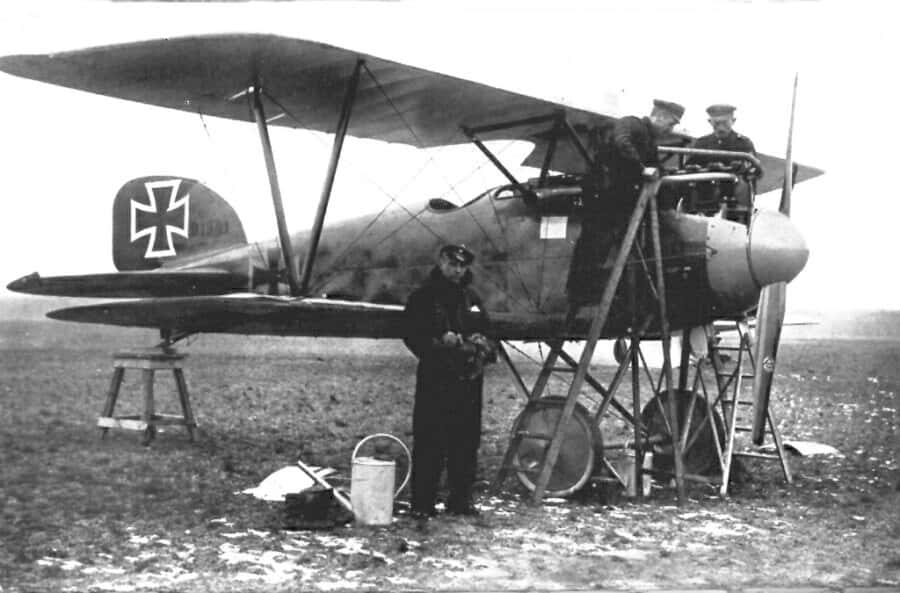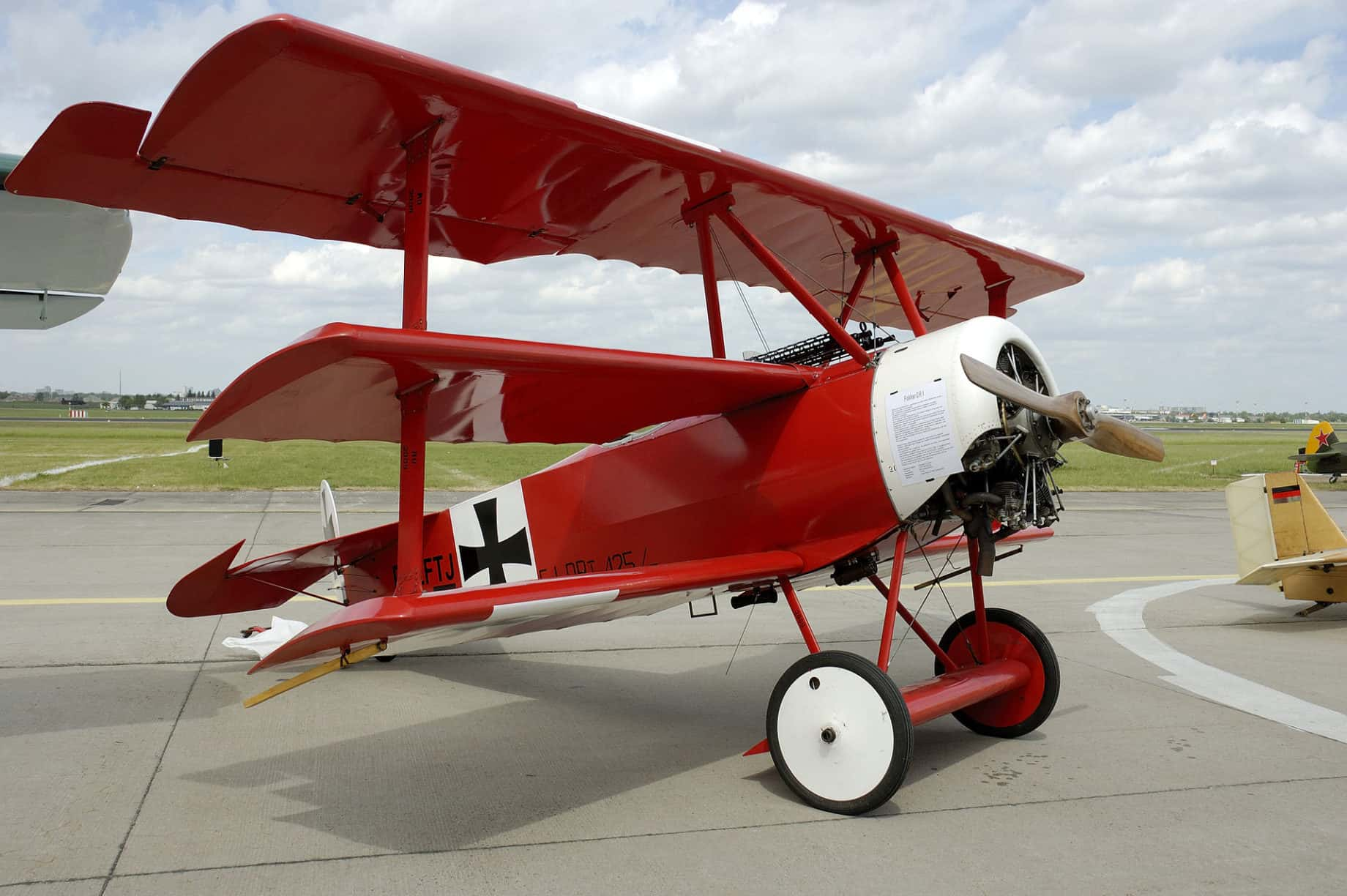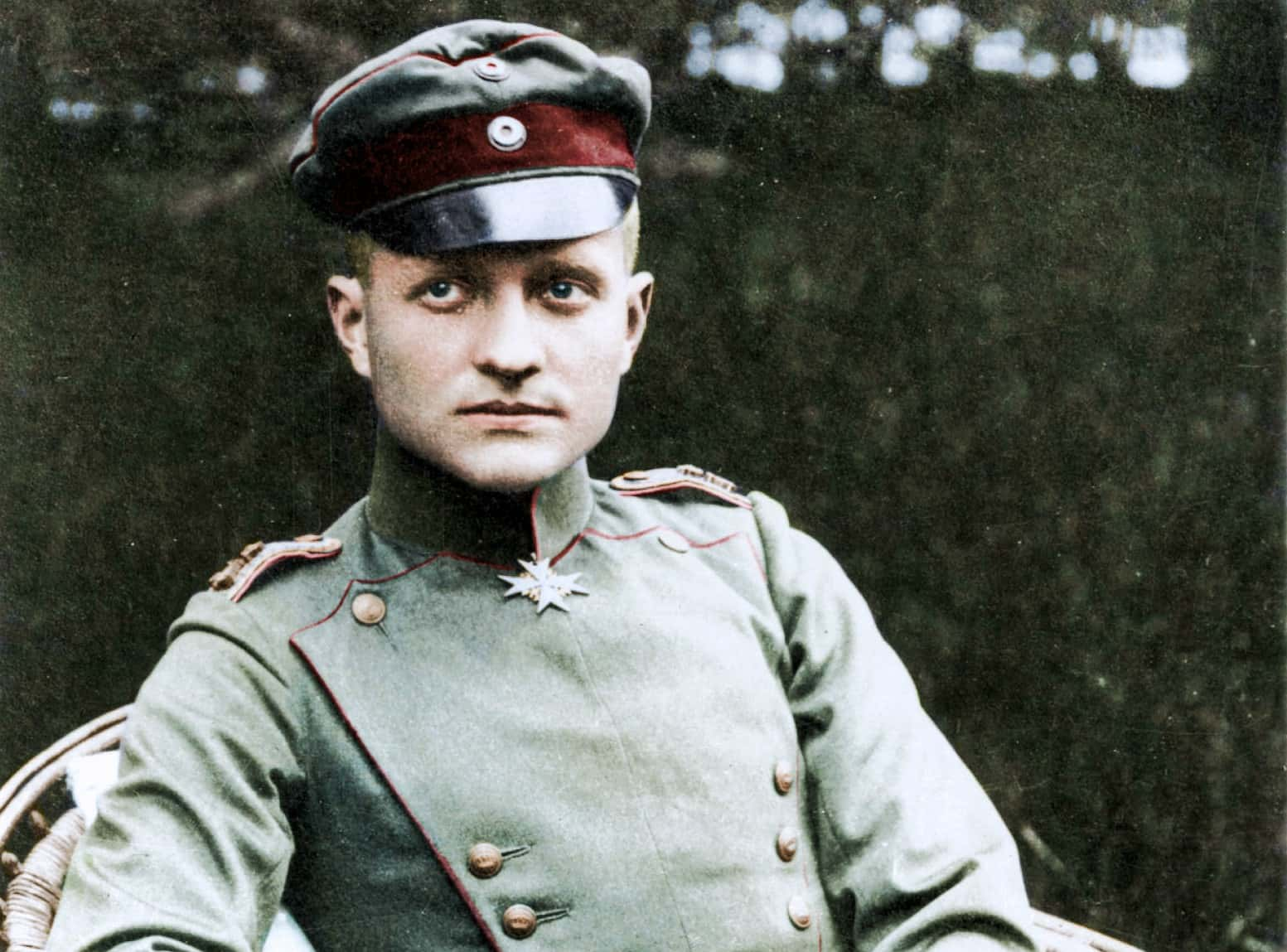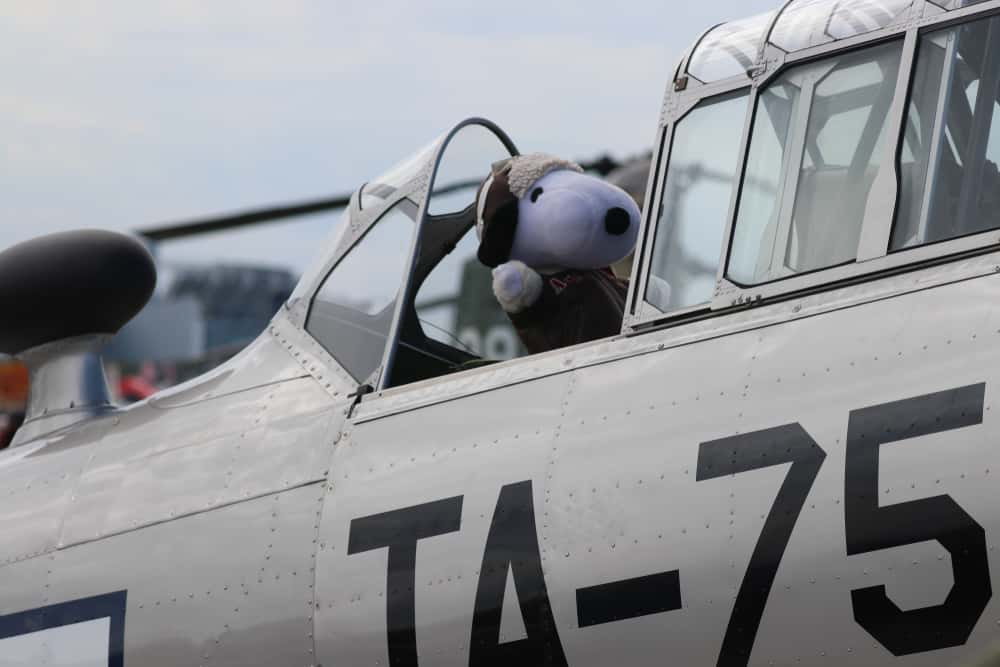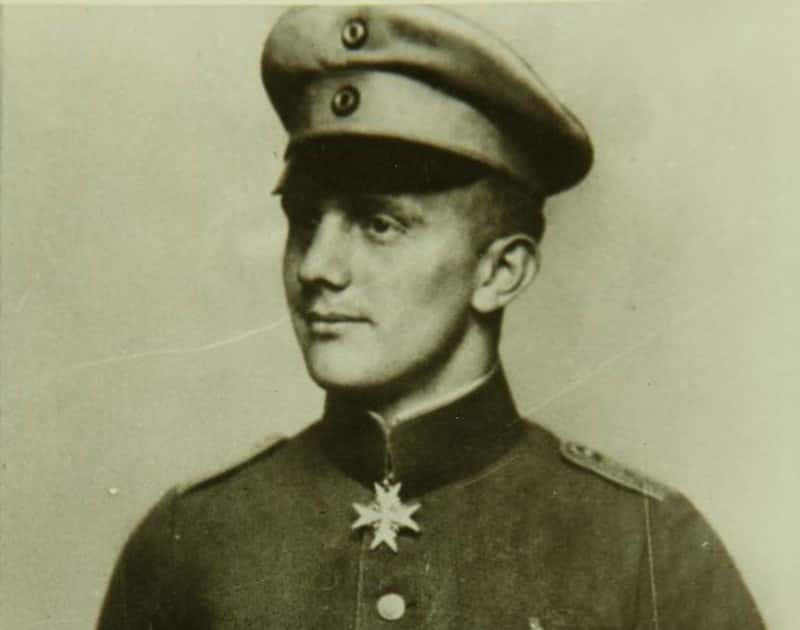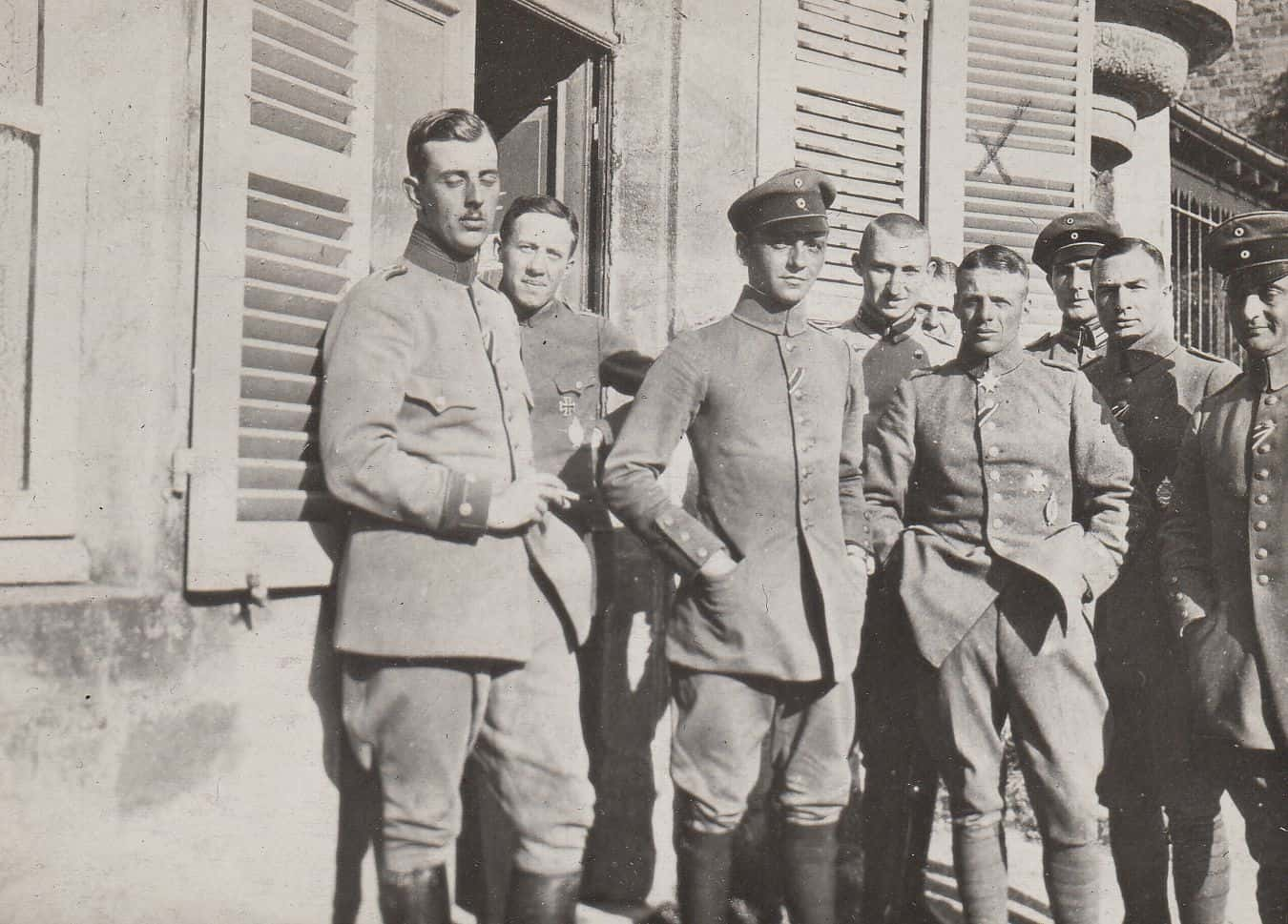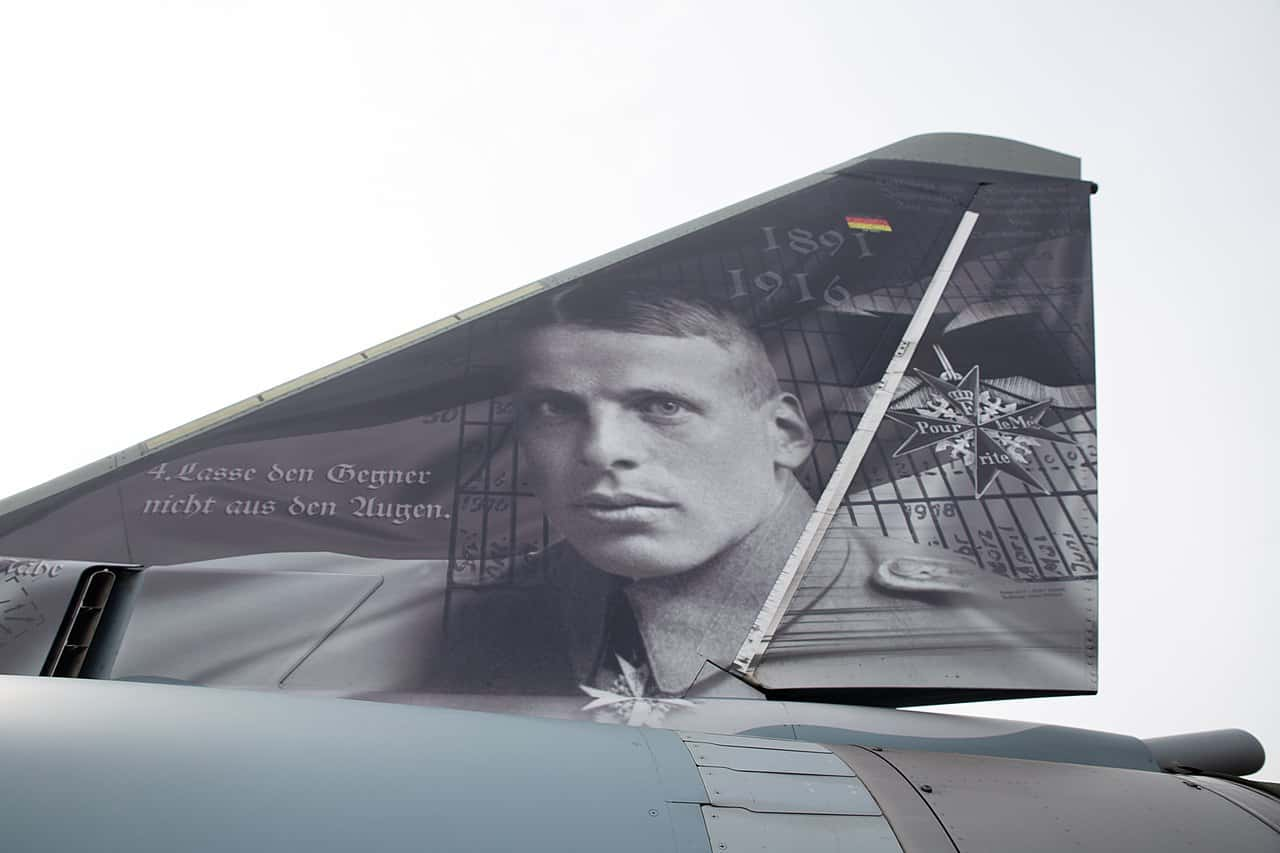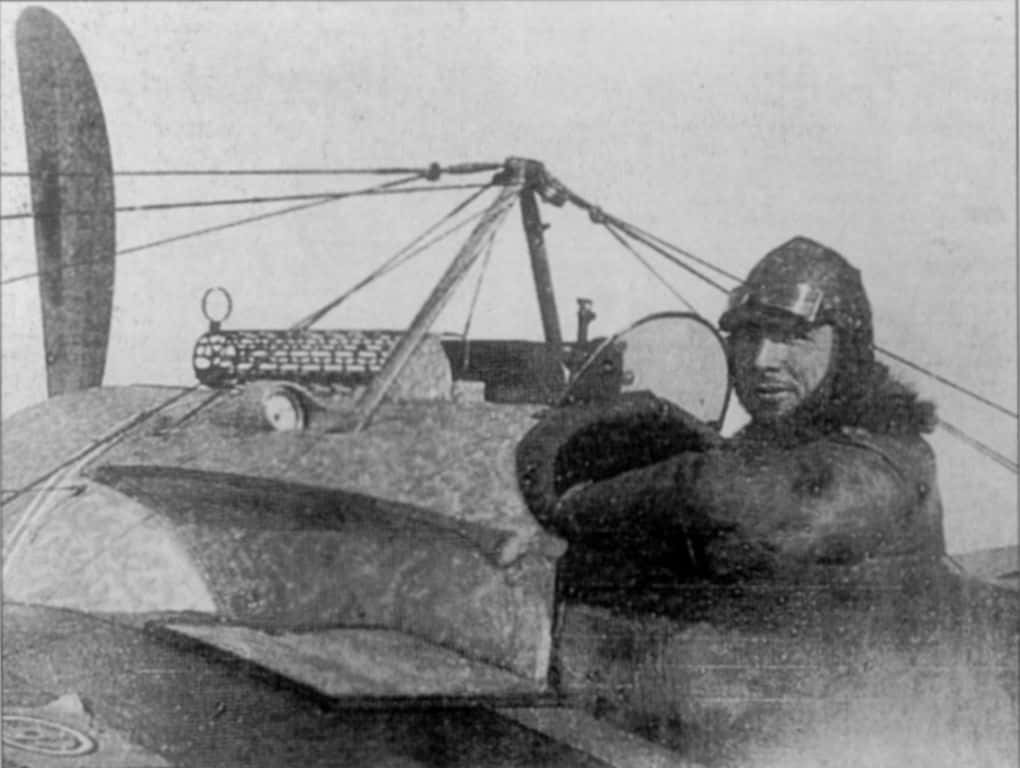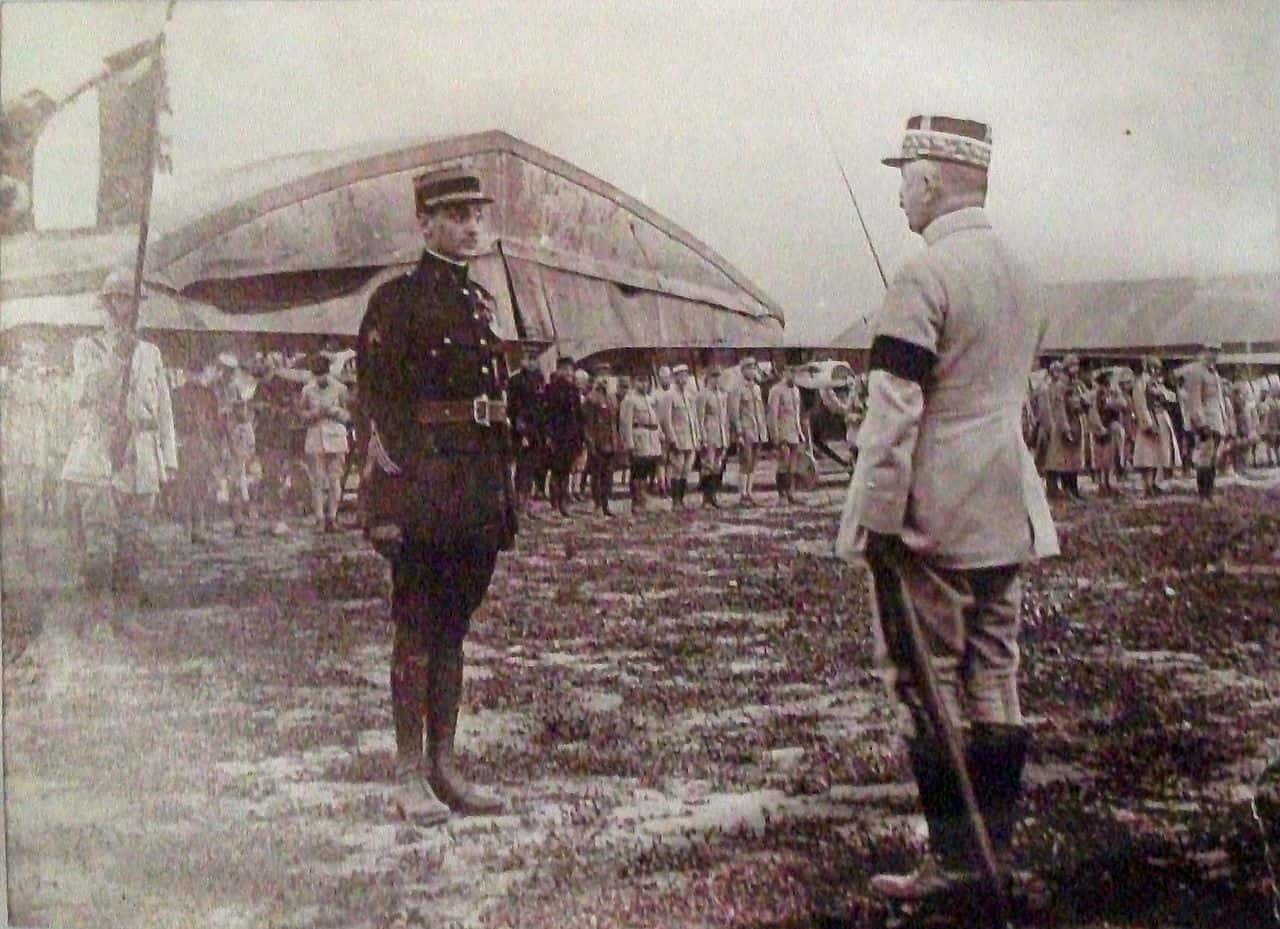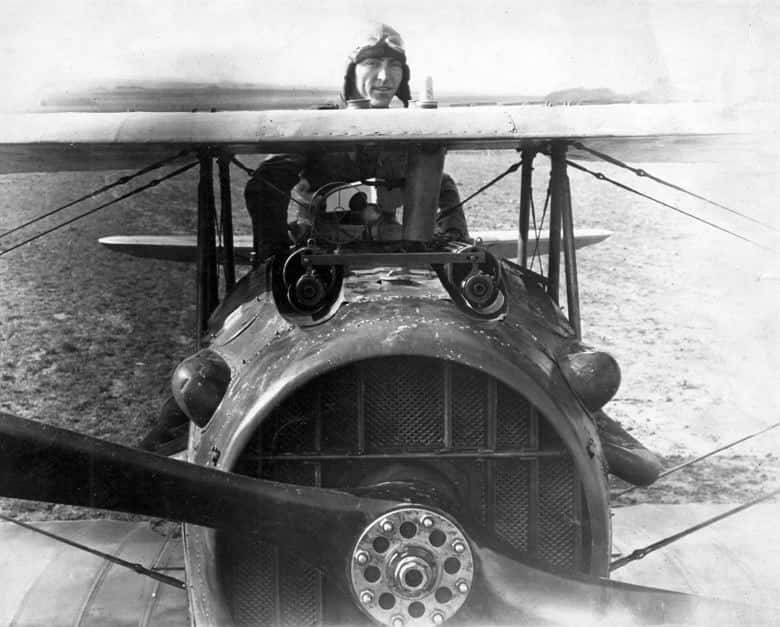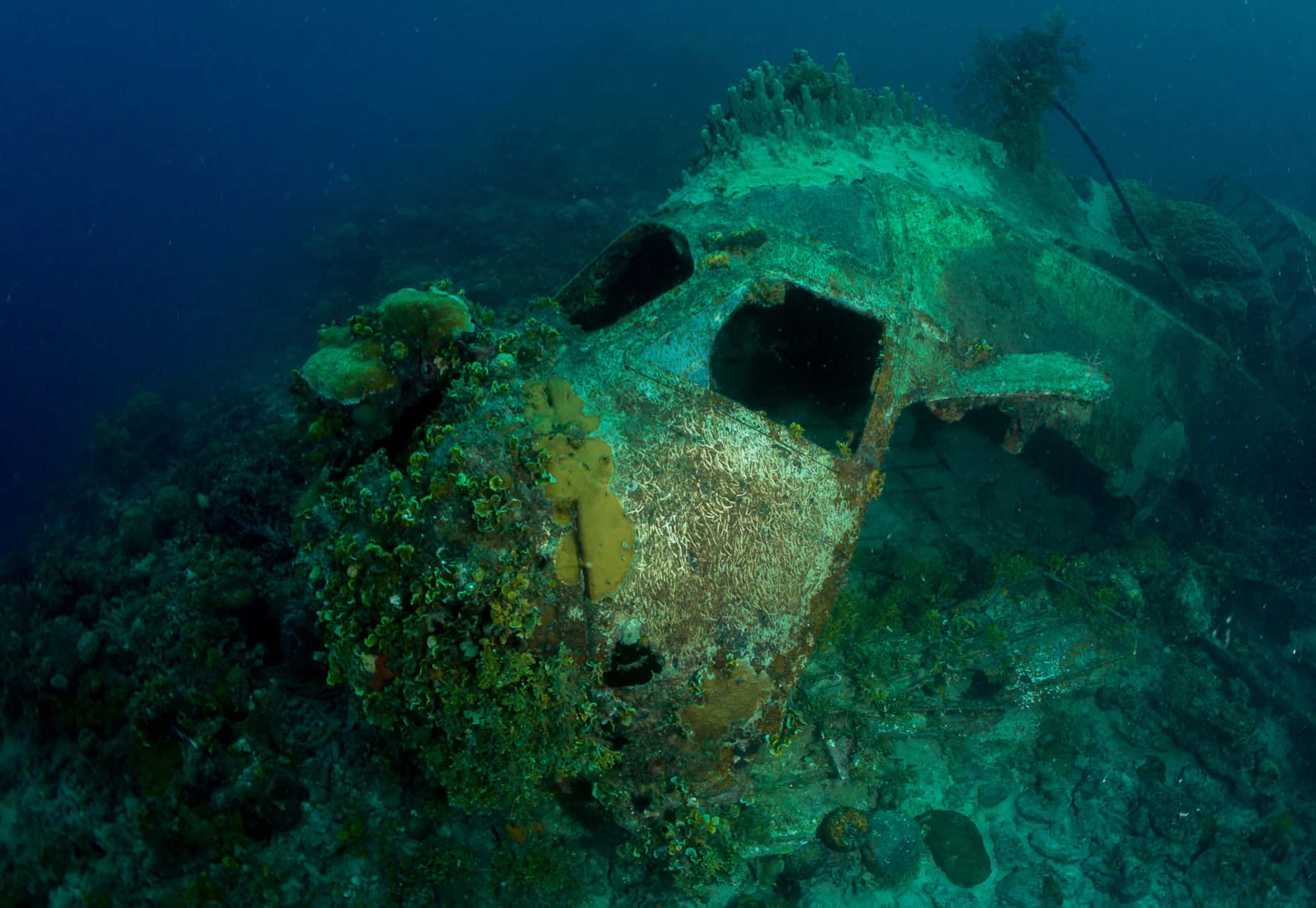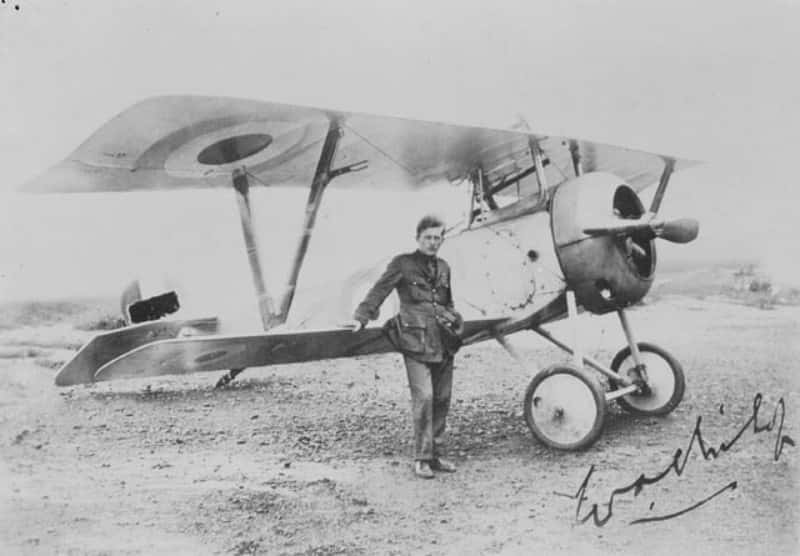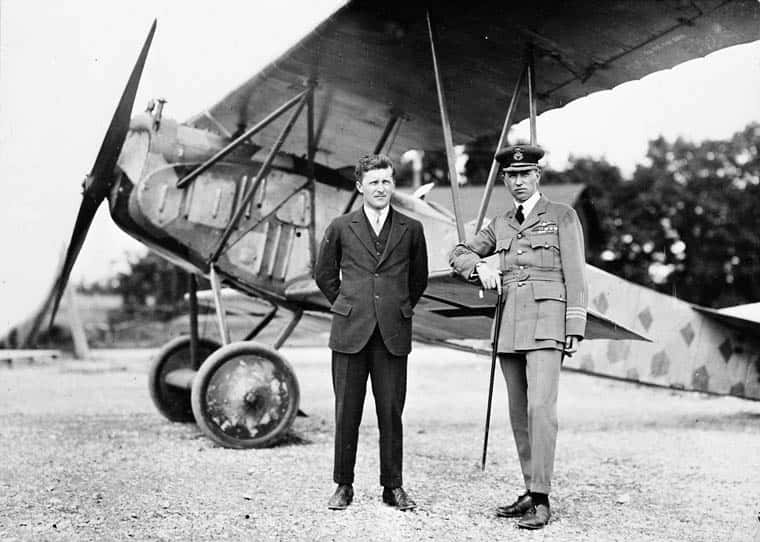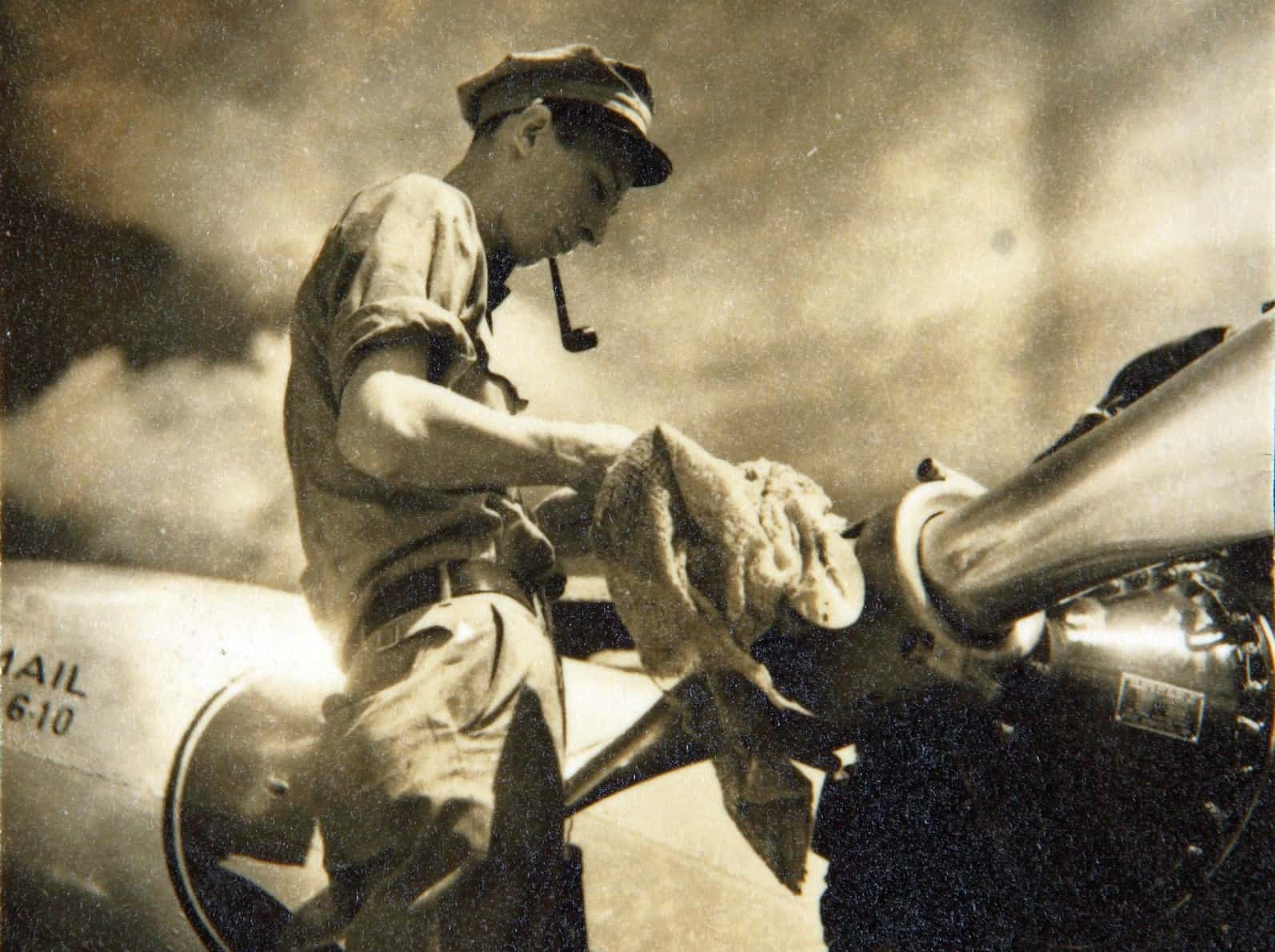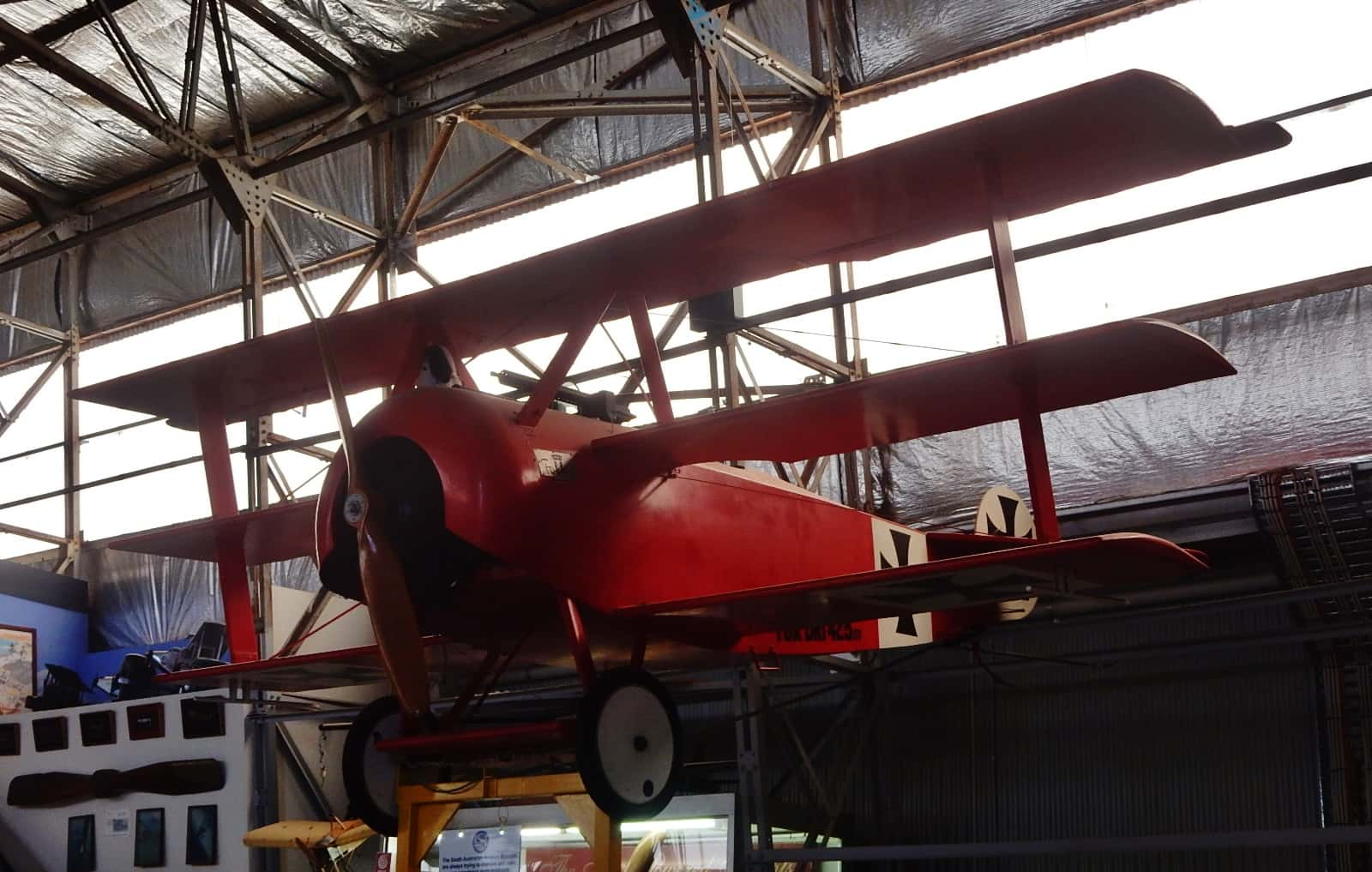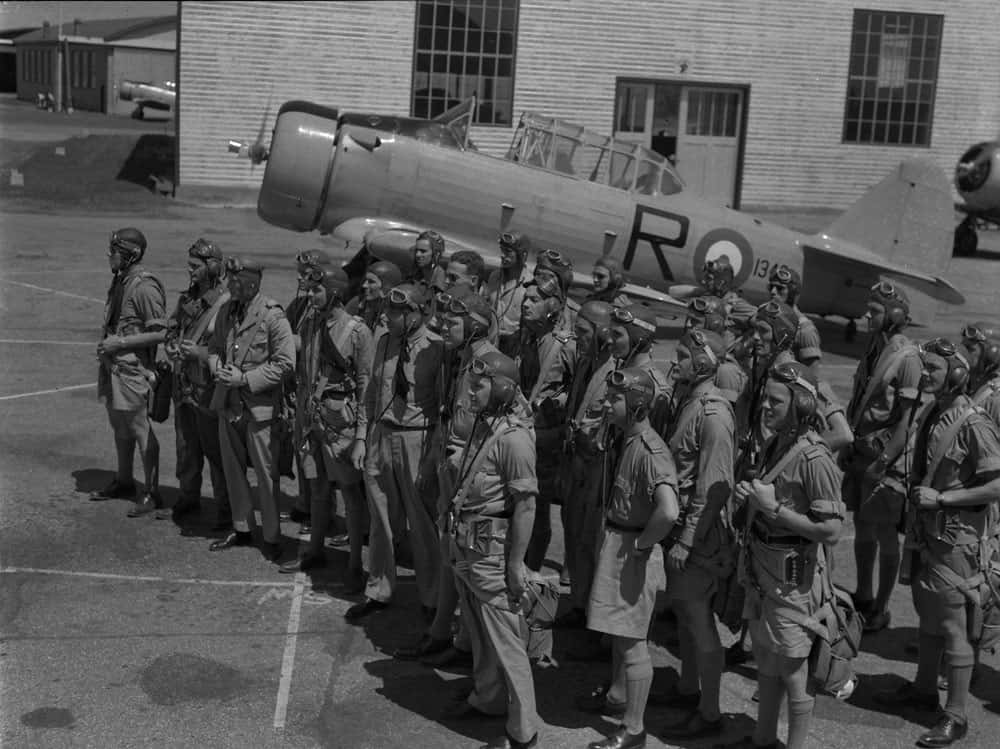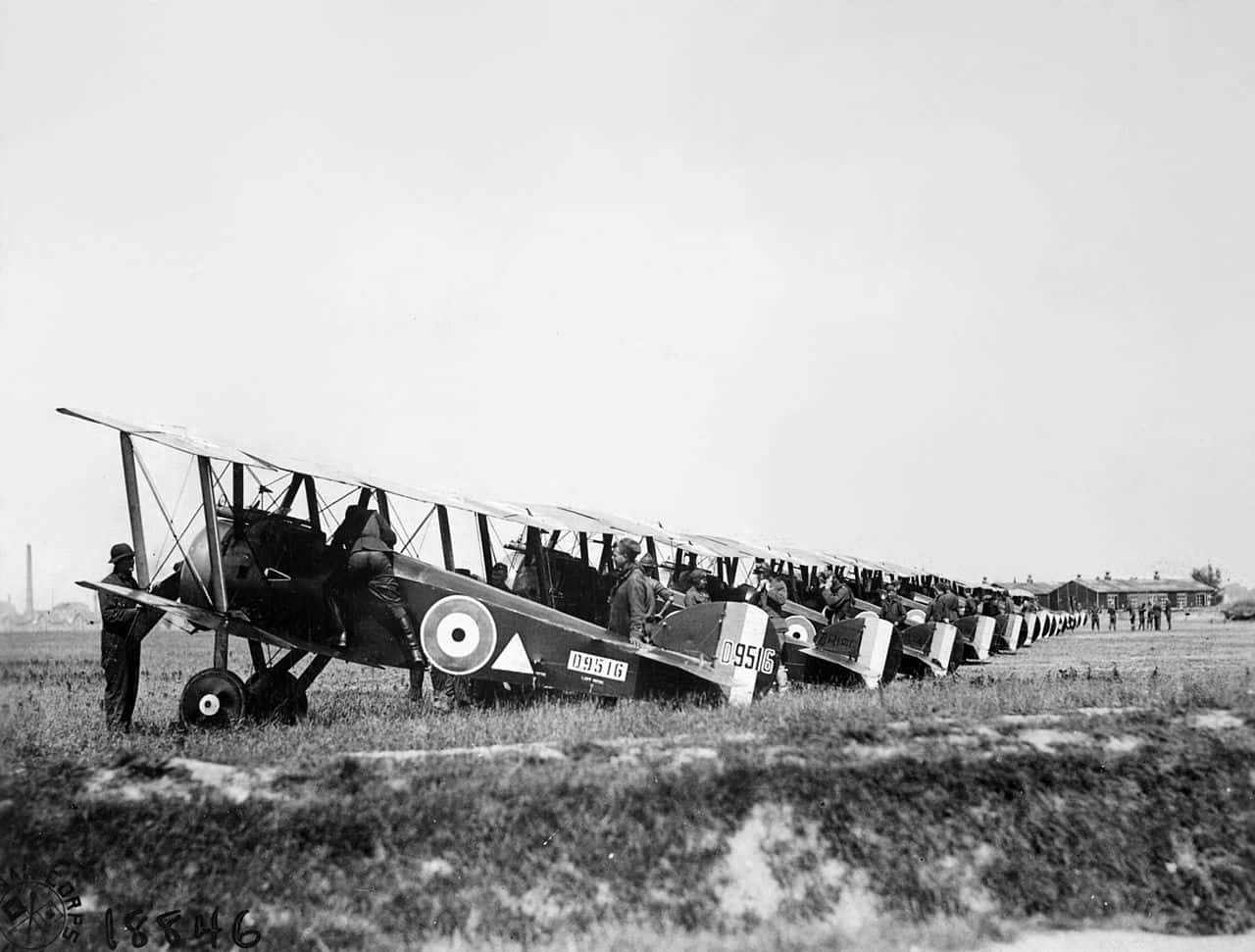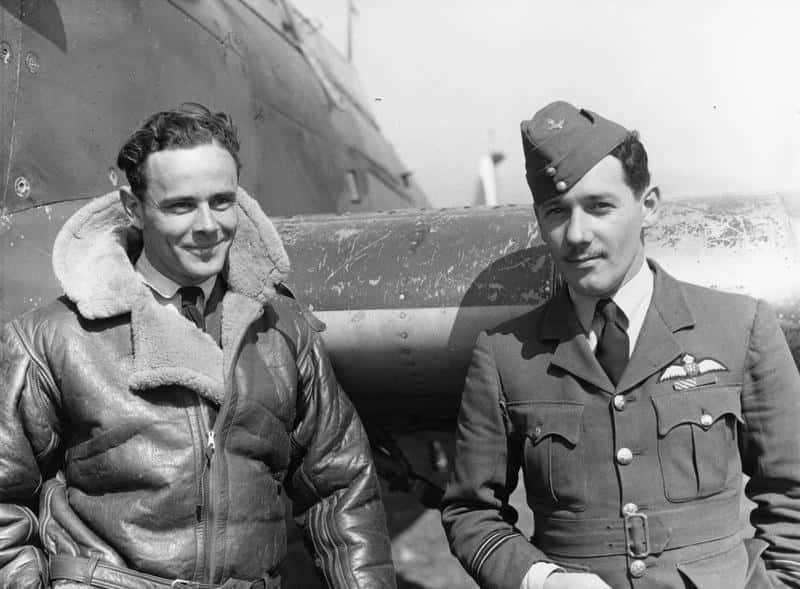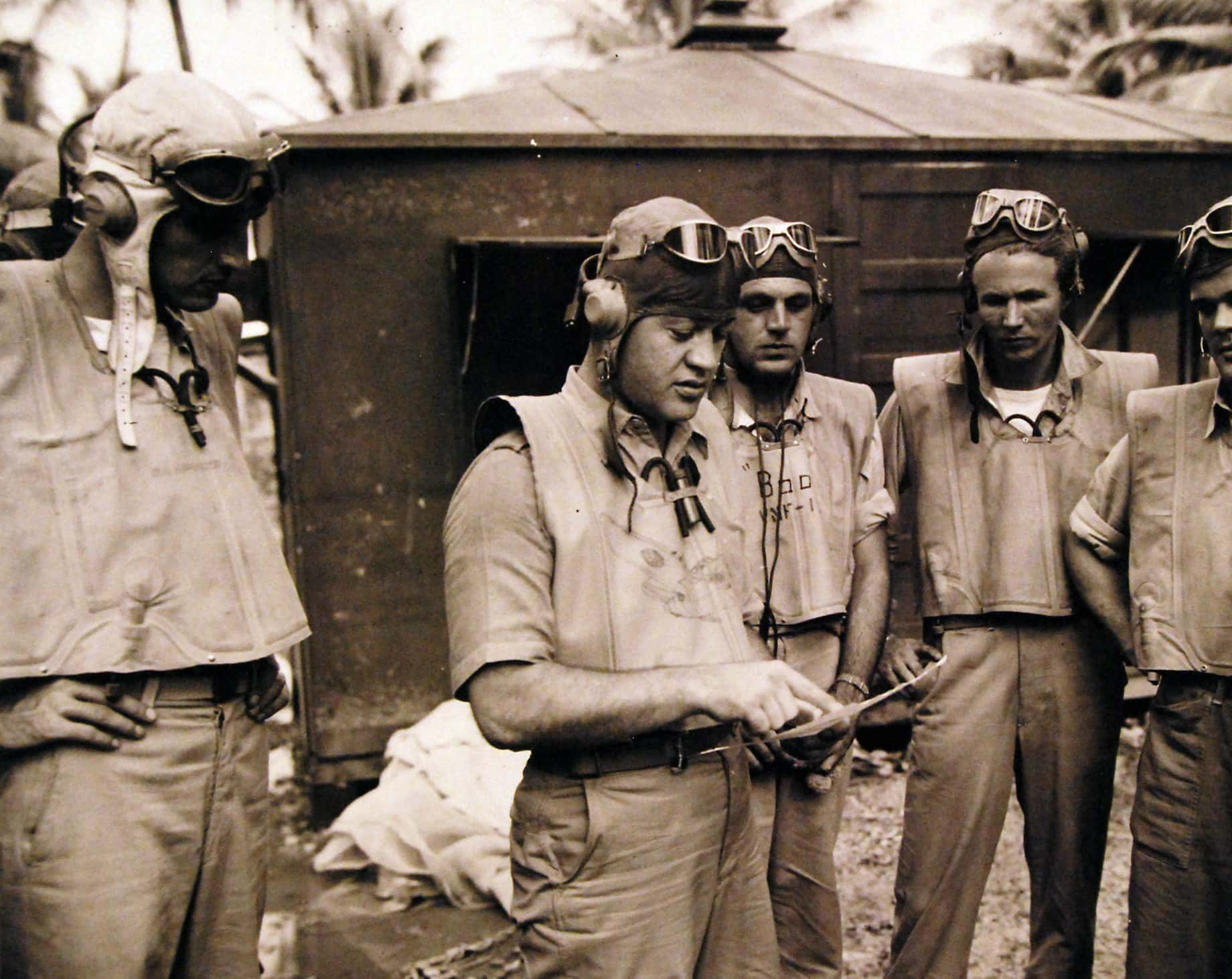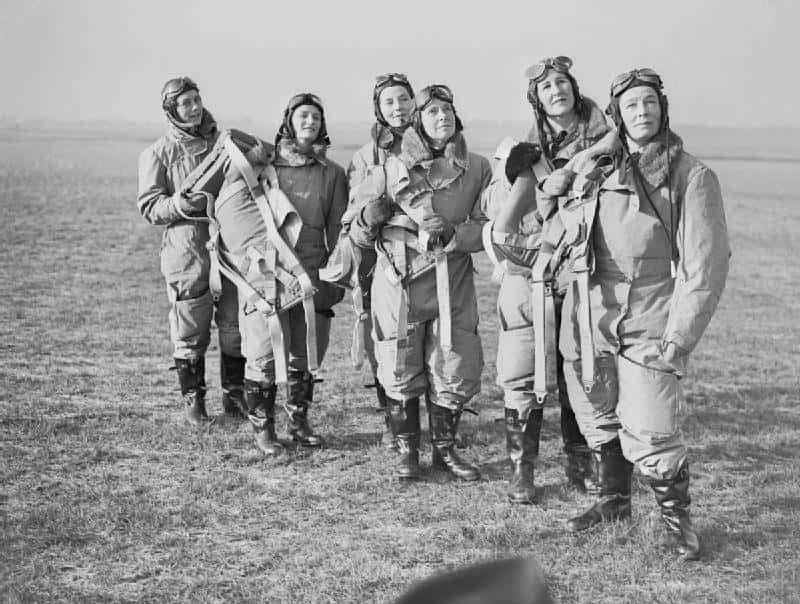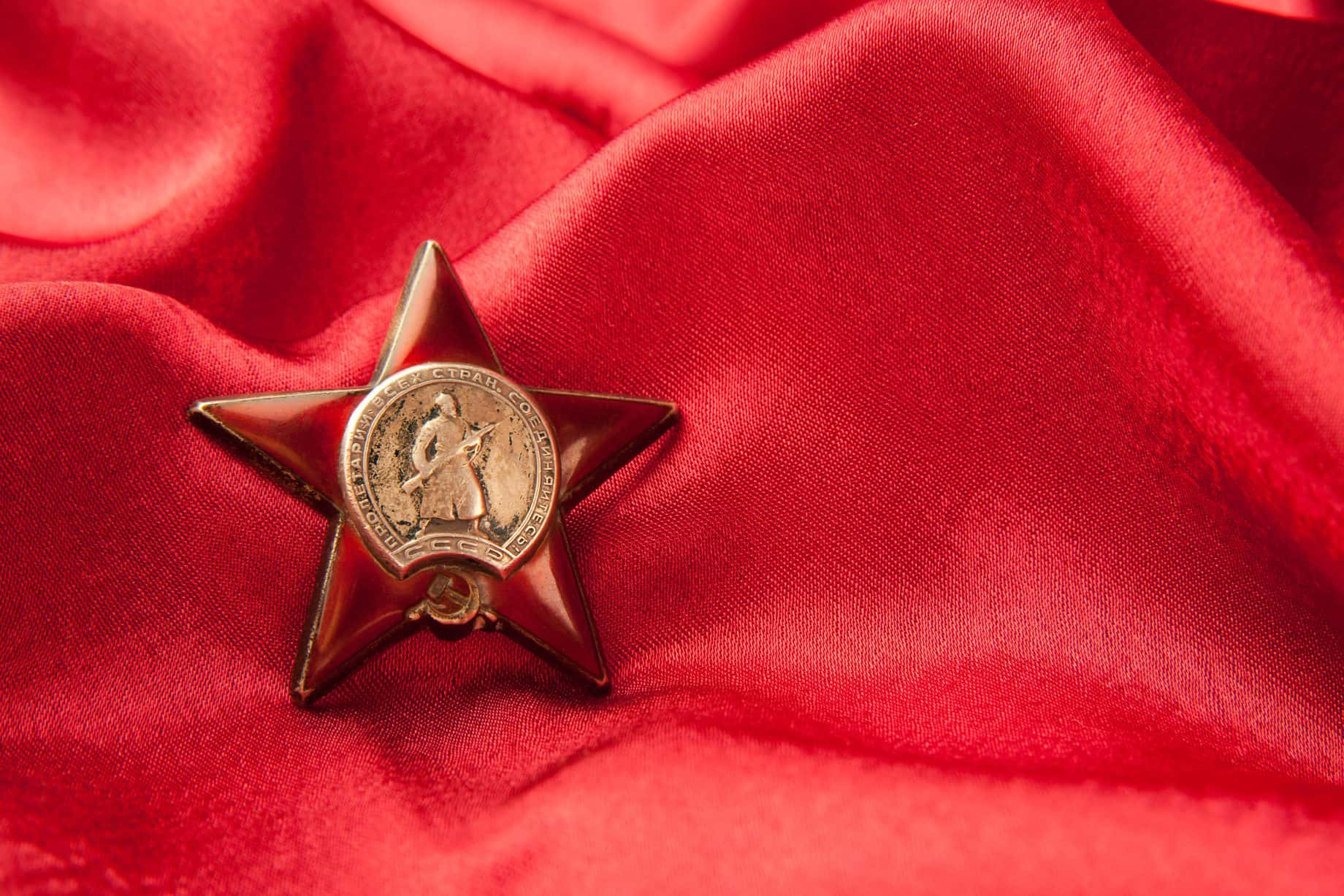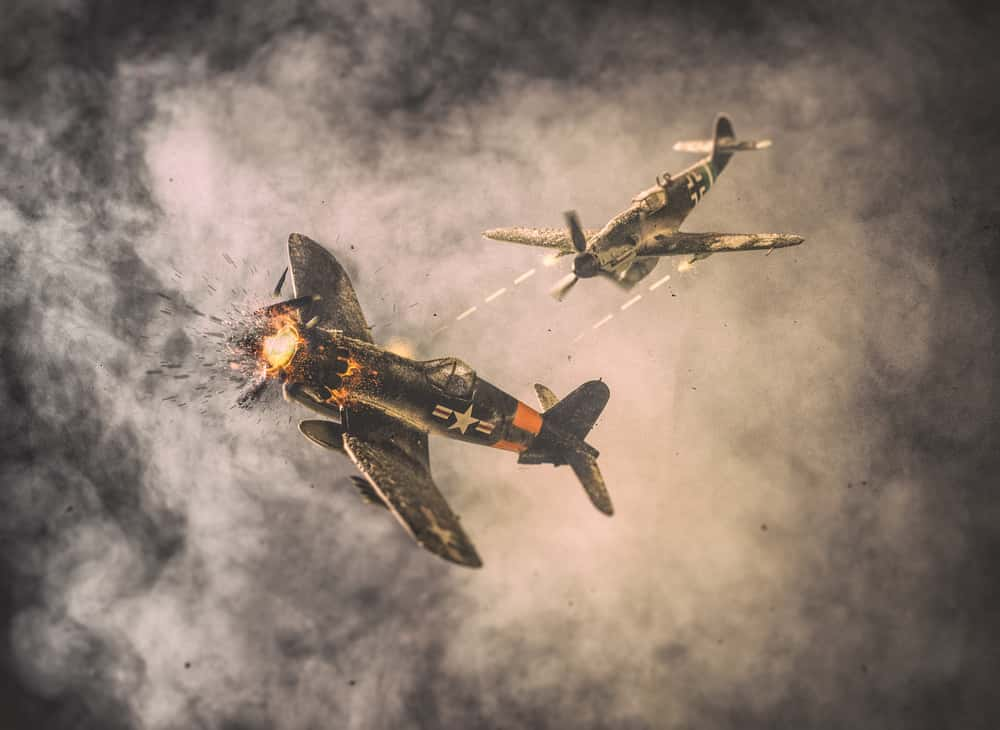With the advent of flight in the early 20th century, the world was introduced to a new kind of war hero. Pioneering pilots brought the war to the skies, flying reconnaissance missions and engaging in heart-stopping aerial battles. The best of the best were called “Flying Aces.” These early aviators were brash, daring, and idolized by the public. Here are 42 high-flying facts about history's greatest fighter pilots.
Fighter Pilots Facts
42. The Flying Ace
The term Flying ace is somewhat flexible, with some countries recognizing different standards for earning the title. Generally, any pilot with five or more air victories has earned the right to call themselves a flying ace.
41. The First Ace
The first pilot to be deemed a “flying ace” was Frenchman Adolphe Pégoud. Prior to the war, Pégoud had been a flight instructor and aerial showman. The term was struck by French newspapers after Pégoud shot down five German planes, a feat which had been unsurpassed at that point.
40. Überkannon
While most of the world adopted the Flying ace terminology, the Germans preferred their own term, überkannon, which translates quite literally to “top gun.”
39. The Flying Circus
The Germans were widely considered the best pilots of the First World War. And of the Germans, the best of the best were the pilots of Jagdgeschwader 1. Known as the “Flying Circus” for their brightly colored Fokker planes and acrobatic maneuvering, Jagdgeschwader 1 was commanded by the infamous Red Baron.
38. The Red Baron
By far the most successful—and most feared—fighter pilot of the First World War was Manfred von Richthofen, the Red Baron, who amassed a whopping 80 victories. The Red Baron was more than just a name—von Richthofen was, in fact, a baron.
37. That’s Nuts!
The Red Baron became an archetypal villain, and remained such a part of the American consciousness that years after the war ended, he turned up in a pop song as the adversary of Snoopy, the dog from Peanuts. “Snoopy vs. the Red Baron” became an unexpected novelty hit for the Royal Guardsmen in December 1966.
36. The Red Baron’s Brother
Lohar von Richthofen, the Red Baron’s brother and fellow member of the Flying Circus, was also awarded the title of flying ace. At 40 victories, however, he was only half as successful as his brother.
35. Oswald Boelcke
The Red Baron was taught to fly by Oswald Boelcke and, despite his own success, the Baron considered Boelcke the better pilot. Boelcke recorded 40 victories, aided by the Fokker E.I, a revolutionary plane with a front-firing gun.
34. Respectful Rivals
Boelcke died in 1916, while he and von Richthofen were flying a mission together. Boelcke’s plane collided with a that of a British pilot. The RAF laid a wreath in his honor, calling him “a brave and chivalrous foe.”

Sign up to our newsletter.
History’s most fascinating stories and darkest secrets, delivered to your inbox daily. Making distraction rewarding since 2017.
33. The Immelmann Turn
Boelcke had a friendly rivalry with his comrade Max Immelmann—they matched each other kill for kill and were awarded Germany’s highest military medal the same day. Immelmann claimed not to rely on fancy tricks but was nevertheless an acrobatic pilot. His patented half-turn was widely adopted by fighter pilots and is known today as “the Immelmann Turn.”
32. Ace in a Day
On August 22, 1916, Austro-Hungarian pilot Julius Arigi and his gunner, Johann Lasi, made history when they downed five Italian planes in a single day. The “Ace of the Day” feat has been achieved by dozens of pilots since then, but they were the first.
31. Avion Magique
French Ace George Guynemer, a trained mechanic, flew into battle with a customized Spad XII which he called “Avion Magique,” or magic plane. It was fitted with a cannon so strong that he risked crashing every time it was fired.
30. Nine Lives, Almost
Guynemer was used to crashing, however. He was shot down seven different times before his eighth and final crash. He died with 54 confirmed kills, second only to René Fonck among French pilots.
29. Bad Luck
While it was not uncommon for pilots to die after being shot down, the death of Erich Löwenhardt is particularly unfortunate. Having survived another air battle, his plane collided with that of another pilot. He and his gunner leapt from the plane, but Löwenhardt’s parachute failed. He died at 21, the youngest of the top ten Aces of World War I.
28. A Comic Follow-Up
Eddie Rickenbacker was America’s most successful and famous fighter pilot during the First World War, with 26 victories. After the war, he relayed his experiences as an all-American Flying ace into a career writing the comic strip Ace Drummond.
27. The Daredevil
It should come as no surprise that Rickenbacker became a flying ace. He had spent his entire life as a daredevil and adrenaline junkie. He had raced in the very first Indy 500 and even owned the track for a time.
 National Museum of the USAF
National Museum of the USAF
26. Castaway
Rickenbacker’s life of adventure didn’t end after the war. In 1941, a passenger flight Rickenbacker was on crashed in Georgia. His plane crashed again the following year, this time on a military mission over the Pacific Ocean. He and his crew were adrift for 24 days, surviving on fish and rainwater.
25. A Busy Year
South Africa’s top flying ace, Andrew Beauchamp-Proctor, recorded 54 victories. Beauchamp Proctor’s accomplishment is all the more impressive when you consider that all 54 came in a single year.
24. Number 84
Beauchamp-Proctor was a member of the RAF’s No. 84 Squadron, which boasted no fewer than 25 flying aces among its ranks. In addition to Beauchamp-Proctor, No. 84 included Air Marshall George Owen Johnson and John McCudden.
23. The Bomb
Charles George Gass was declared a flying ace without having ever piloted a plane. His 39 victories as a crew bomber were considered impressive enough to earn him the title.
22. Out of Africa
When World War I began, Leonard Allen Payne eagerly joined up with the RAF. The only thing was, Payne wasn’t from Great Britain. Payne was born and raised in the tiny African nation of Swaziland. His eleven confirmed kills rank him as the most successful flying ace to ever come from that country.
21. The Flying Canucks
The only country to rival Germany’s aerial supremacy was, surprisingly, Canada. Like Germany, three of the top ten flying aces during the First World War came from the Great White North. The most successful of them was Billy Bishop, whose 72 victories, including a daring attack on a German aerodrome, earned him the Victoria Cross. Today, an airport in downtown Toronto bears his name.
20. But My Friends Call Me…
While his comrades called Billy Bishop “the Lone Hawk” for his preference of flying solo missions, his German adversaries had a less-flattering, but still super-cool nickname for him: “Hell’s Handmaiden.”
19. Three for Three
In 1918, William Barker took on fifteen German pilots singlehandedly. Barker managed to shoot down three Germans, despite being wounded three times. After the war, he began a short-lived airline with Billy Bishop, and then became president of the Toronto Maple Leafs.
18. The Man Who Shot Down the Red Baron
Another of those Canadian flying aces was Roy Brown. With ten victories to his name, Brown is credited with finally shooting down the elusive Red Baron. Though Australian forces claimed their ground troops shot down the Baron, the RAF recognizes Brown as the man to bring the Red Baron’s reign of terror to an end.
17. The Baron’s Throne
In 1918, Brown was given the seat from the Red Baron’s famous Fokker triplane, the plane he was flying when Brown shot him down earlier that year. Brown donated it to the Royal Canadian Military Institute.
16. Watch Your Head
While Roy Brown is credited with killing the Red Baron, he wasn’t the first to shoot him down. On July 6, 1917, Donald Cunnell not only shot down the Red Baron’s plane, he actually shot the Red Baron. The Baron suffered a grievous head wound which required immediate surgery, but he lived to fly again.
15. Getting Schooled
Why were the Canadians so good? Probably because of the British Commonwealth Air Training Program. Under the program, pilots from all over the British Commonwealth trained in Canada, a system which continued until the end of the Second World War. At its height, the BCATP relied on 231 training locations and over 100,000 administrative workers in Canada.
14. The Need for Speed
Prior to World War II, airplane design shifted from biplanes to monoplanes. This effected the whole philosophy of dogfighting. In World War I, pilots flew Sopwith Camels and Fokker EIs—biplanes prized for their manoeuverability. The Messerchmidts and Spitfires used in World War II weren’t as acrobatic as their predecessors, but they were much, much faster.
13. Diving Out of Harm’s Way
For some Soviet fighters, ramming an opponent proved as useful a method as shooting. Alexander Pokryshkin devised several of the Soviet tactics and taught them to his comrades. This outraged his officers, who had him grounded and tried to have him court-martialed. When they saw how effective the methods were, Pokryshkin was promoted instead.
12. Outgunning the Americans
Pokryshkin finished the war with 65 victories. He scored most of them in a Bell P-39, making him the most successful pilot in an American-made plane—and that includes all American pilots.
11. A Fraction of an Ace
Going into the Second World War, it became easier to become a flying ace. Some German pilots amassed more than 100 kills. Technology was a factor of course, but most countries also began to recognize shared and group kills. It became possible, under this fractional system, to achieve 4.99 victories, agonizingly close to becoming an ace.
10. Wait A Minute…
During World War Two, French fighter pilot Pierre LeGloan was credited with shooting down eighteen enemy planes: four Italian, seven German, and seven British. Yes, you read that right. LeGloan continued to fly for France after the Nazi-endorsed Vichy regime came to power.
9. Happy Birthday, Hitler!
Marmaduke “Pat” Pattle, a South African who flew in the RAF, had more kills than any other British Commonwealth pilot during the Second World War. Pattle once shot down six planes during one mission over Greece. The day of Pattle’s big accomplishment happened to be April 20, 1941—Hitler’s 52nd birthday.
8. Blaze of Glory
Pattle’s accomplishment is all the more impressive if you consider that he was suffering a terrible fever at the time. Perhaps if he were feeling better, he might have been able to outmaneuver the enemy pilot who shot him down. Pattle’s plane was shot down and crashed in the Mediterranean that same day.
7. Red Tails
The Tuskegee Airmen were a bomber squadron of black pilots who trained in Tuskegee, Alabama. Called “the Red Tails” for the distinctive red paint jobs on their P-51 Mustangs, the Tuskegee Airmen were some of the most decorated aviators of the Second World War, and instrumental in desegregating the US military. Lt. Col. Lee Archer is the sole Tuskegee Airman to win the honor of flying ace.
6. Baa Baa Black Sheep
American ace “Pappy” Boyington was the hard-drinking commanding officer of the Marine Corps’ “Black Sheep” Squadron. After the war, he wrote his memoirs, Baa Baa Black Sheep, which were turned into a television series. His former crew hated the series because it glamorized Boyington, often at their expense; in his defense, Boyington admitted the show was “hogwash and Hollywood hokum.”
5. The White Lily of Stalingrad
Only two women have ever earned the title of flying ace. Lydia Litvyak won twelve victories during the Second World War before being shot down during the Battle of Kursk. Soviet papers referred to her as the White Lily of Stalingrad.
4. The Theatre
In 1985, Litvyak’s story was turned into a stage play, White Rose, by Scottish playwright Peter Arnott. Litvyak was played by a then-unknown young actress named Tilda Swinton.
3. Yekaterina Budanova
The other female flying ace was Yekaterina Budanova. Her eleven victories earned her the Order of the Red Star.
2. She Would Not Be Denied
While Budanova and Litvyak were the only women pilots to be named flying aces, they were not the only women pilots. One notable example is Margot Duhalde. In 1941, she traveled from her native Chile to France, only to be told the French air force did not except women. Undeterred, she joined the Royal Air Force, where she served as a transport pilot.
1. Triple Ace
Arigi and Lasi made history in WWI when they both became aces in a single day. In the Second World War, however, four different German pilots became triple aces in a day, when they all managed to score fifteen decisive victories in a single 24-hour period.
Sources: 1, 2, 3, 4, 5, 6, 7, 8, 9, 10, 11, 12, 13, 14, 15, 16, 17, 18, 19, 20, 21, 22, 23, 24, 25, 26, 27, 28, 29, 30



